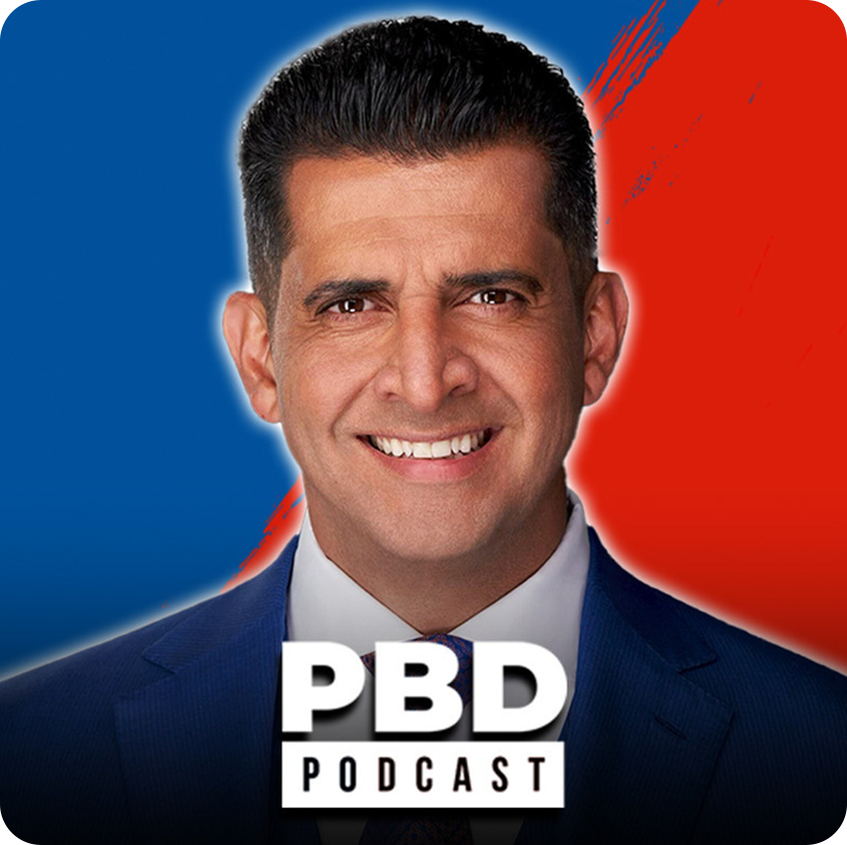If you’re part of the 18 percent of Americans who work more than 60 hours per week, you’re a hustler so regular gym appearances may be nonexistent. And let’s face it, hitting the weights can be a struggle even if you’re pulling a typical 40-hour schedule. The good news is wellness and even weight loss can happen without exercise since proper nutrition dictates the majority of health outcomes.
If you’re too busy hustling at work, here are seven health tips that will keep you fit without working out.
1. The 16/8 Intermittent Fasting Method
16/8 intermittent fasting involves consuming foods during an eight-hour “feeding window” and fasting for the remaining 16 hours of the day. For example, if food consumption begins at 10am, the last meal or snack will end by 6pm. Typically taking place overnight for convenience, the feeding window timeframe is based on one’s schedule and determined by the individual.
Some studies reveal that consistent periods of fasting allotted by time-restricted eating alleviates the circadian rhythm disruption which improves metabolism. Also, those who fast intermittently tend to naturally consume less calories since the practice eliminates mindless snacking at odd hours.
2. Cut the Sugar and High-Glycemic Carbs
Excessive sugar intake is linked to diabetes, weight gain, inflammation, higher blood pressure, and fatty liver disease — all of which are associated with an increased risk for heart attack and stroke. Regarding cholesterol, fat usually comes to mind first but diets high in sugar cause your liver to synthesize more low-density lipoprotein (LDL) or “bad” cholesterol. Too much sugar also severely raises triglycerides, or fat in the blood.
Other than obvious sugars from desserts and sodas, high-glycemic carbohydrates such as bread and pasta have similar effects as glucose. When people eat carb-containing foods, the digestive system breaks everything down into glucose, which then enters the bloodstream. High-glycemic carbohydrates found in items such as bread, pasta, potatoes, and cereal convert to far more sugar than lower-carb choices, and that sugar will turn into fat if not burned.
3. Focus on Vegetables, Low-Sugar Fruits, Quality Proteins, and Healthy Fats
An important macronutrient for a balanced diet carbohydrates are also found in vegetables and low-sugar fruits. Not only are these types of carbohydrates low-glycemic (meaning they convert to less sugar), unprocessed whole foods such as broccoli, leafy greens, cauliflower, raspberries, and blueberries have more fiber and micronutrients than items such as bread and pasta.
Another way to keep blood sugar and weight at bay is to compliment your nutrition plan with quality proteins such as grass-fed meat, wild game, wild fish, and organic poultry. Including two to three daily servings of healthy fats (nuts, seeds, avocado, olive oil, wild salmon, egg yolks) assists with regulating blood sugar levels and combating feelings of hunger. While fat has been demonized in the past, there is a robust body of evidence that healthy omega-3 fatty acids and monounsaturated fats improve cholesterol levels, lower the risk of heart disease, and reduce inflammation.
4. Get Caffeinated Without a Lot of Fillers
You can still grab morning coffee but avoid packets of sugar, or sweetened creamers that are commonly made with corn syrup, sweeteners, artificial sweeteners, and detrimental seed oils. A splash of half and half or non-dairy creamer such as coconut milk can take the edge off plain black coffee or tea, but if you prefer it black, better yet.
When you’re not caffeinating, drinking regular H2O as your primary beverage is always the best bet.
5. Pack Some Healthy Snacks and Modify the Menu
Office donuts and vending machines are much easier to avoid if you’re not hungry, so have some nutritious and filling foods on hand to keep satiated throughout the workday. Think vegetables dipped in hummus or guacamole, nuts, nut butters, apple slices, beef jerky, hard-boiled eggs, and clean protein bars or shakes.
Modifying the menu at lunch is simple to make it lower-carb and lower-sugar. Just swap out the bread and tortillas — most restaurants will turn a sandwich into a lettuce wrap and a burrito into a bowl. Pasta and potatoes can always be replaced with vegetables or a side salad.
6. 100 Push-Ups in 100 Seconds
100 push-ups daily will help the upper body make some noticeable strides and it only takes 100 seconds out of the workday. 10 push-ups in 10 seconds, 10 times per day is all it takes — your coworkers might ask what you’re doing but they might also join in when they see the results.
7. Make the Right Happy Hour Choices
If you like to relax after work with a drink, make it a low-sugar one like wine or vodka with soda water. Contrary to popular misconception, a glass of Cabernet only has one gram of sugar while a glass of Sauvignon Blanc has two grams. Mixing vodka with soda water and adding a squeeze of lime keeps the entire beverage at 115 calories, 0 grams of carbohydrates, and no sugar. Cheers to that!
While exercise is an important addition to anyone’s health plan, overall wellness is dictated primarily by food and nutrition. Cardio and strength training is certainly needed for muscle gain, however, if time constraints do not permit for the gym, conscious food-based choices are the key to managing weight, blood sugar, cholesterol, and blood pressure.


















Add comment